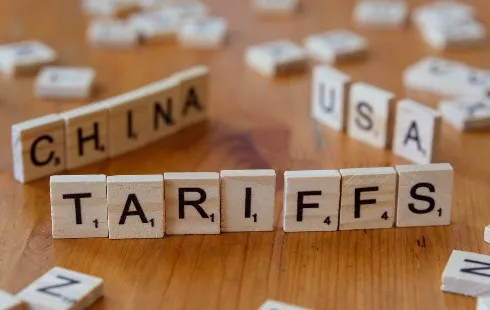
Ukraine Targets Outdated Military Equipment in Ongoing Conflict
Section: Politics
Siemens is currently navigating challenges in its core factory automation business as it faces intensified competition from Chinese manufacturers. The COVID-19 pandemic enabled Chinese factory automation firms to significantly enhance their capabilities, resulting in a notable erosion of Siemens' market position.
Under the leadership of CEO Roland Busch, Siemens has made aggressive investments in software acquisitions, spending unprecedented amounts in a short time. The recent acquisition of Boston-based Dotmatics, a provider of life science research and development software, for $5.1 billion has raised eyebrows among analysts. This deal, which values Dotmatics at 39 times its anticipated EBITDA for 2025, has led to volatility in Siemens' stock, which saw a drop of over 10 percent during a tumultuous trading week.
Analysts have expressed concern over the steep price of the acquisition, questioning its strategic alignment with Siemens' existing operations. The company's traditional focus on automation in the automotive sector is now threatened as new competitors from China, such as Inovance, gain ground. Inovance, a company founded by former Huawei engineers, has reported a tripling of its revenue from 2020 to 2024, with its automation technology particularly favored in China's burgeoning automotive industry, a sector that Siemens has historically dominated.
The shift in market dynamics has become increasingly apparent. During the pandemic, Chinese companies capitalized on the situation to strengthen their foothold in automation technology, a trend that was largely overlooked by Western observers. Inovance's aggressive development and marketing strategies have positioned it as a formidable challenger, particularly in the automotive sector where it has established strong connections with local manufacturers.
While Siemens reported growth in its factory automation division during the pandemic due to increased orders aimed at mitigating production disruptions, recent trends indicate a significant contraction in revenue. Industry insiders note that Siemens has been losing market share not only in China but also globally, with the company recently announcing a reduction of 5,600 jobs in its automation sector.
In response to these challenges, Siemens is attempting to revitalize its presence in China by launching a new product strategy. The introduction of 18 new automation products tailored for the Chinese market aims to address local demand more effectively. However, competing firms like Schneider Electric have already established a strong presence with cost-effective solutions developed specifically for Chinese consumers.
Despite Siemens' efforts to innovate, competitors are moving swiftly. Schneider Electric's recent products, developed for the Chinese market, have also found success in Europe, highlighting the competitive edge that has emerged from localizing production and development efforts.
As the automation industry continues to evolve, the role of artificial intelligence (AI) has become increasingly significant. Siemens, alongside its competitors, is integrating AI into its operations. However, there are differing opinions on the long-term sustainability of traditional simulation software as AI technologies gain traction. While Siemens has completed its acquisition of Altair, a simulation software company, Schneider Electric has opted to focus on AI-driven solutions rather than traditional simulation methods.
In the face of these challenges, Siemens' stock has seen fluctuations, reflecting investor skepticism regarding the company's future trajectory. Insider trading activities within Siemens' management have also raised questions about confidence levels among executives, as some have sold substantial amounts of stock recently.
As Siemens grapples with these multifaceted challenges, its ability to adapt to the rapidly changing landscape of factory automation will be crucial for maintaining its competitive edge.

Section: Politics

Section: News

Section: News

Section: Politics

Section: News

Section: News

Section: Politics

Section: Arts

Section: News

Section: News

Health Insurance in Germany is compulsory and sometimes complicated, not to mention expensive. As an expat, you are required to navigate this landscape within weeks of arriving, so check our FAQ on PKV. For our guide on resources and access to agents who can give you a competitive quote, try our PKV Cost comparison tool.

Germany is famous for its medical expertise and extensive number of hospitals and clinics. See this comprehensive directory of hospitals and clinics across the country, complete with links to their websites, addresses, contact info, and specializations/services.

Organizer: Irrtümer und Änderungen vorbehalten. Our accessibility service is available to assist individuals with disabilities during ticket purchases. For support related to wheelchair users, those with hearing or visual impairments, and others with special needs, please contact our accessibility...
No comments yet. Be the first to comment!